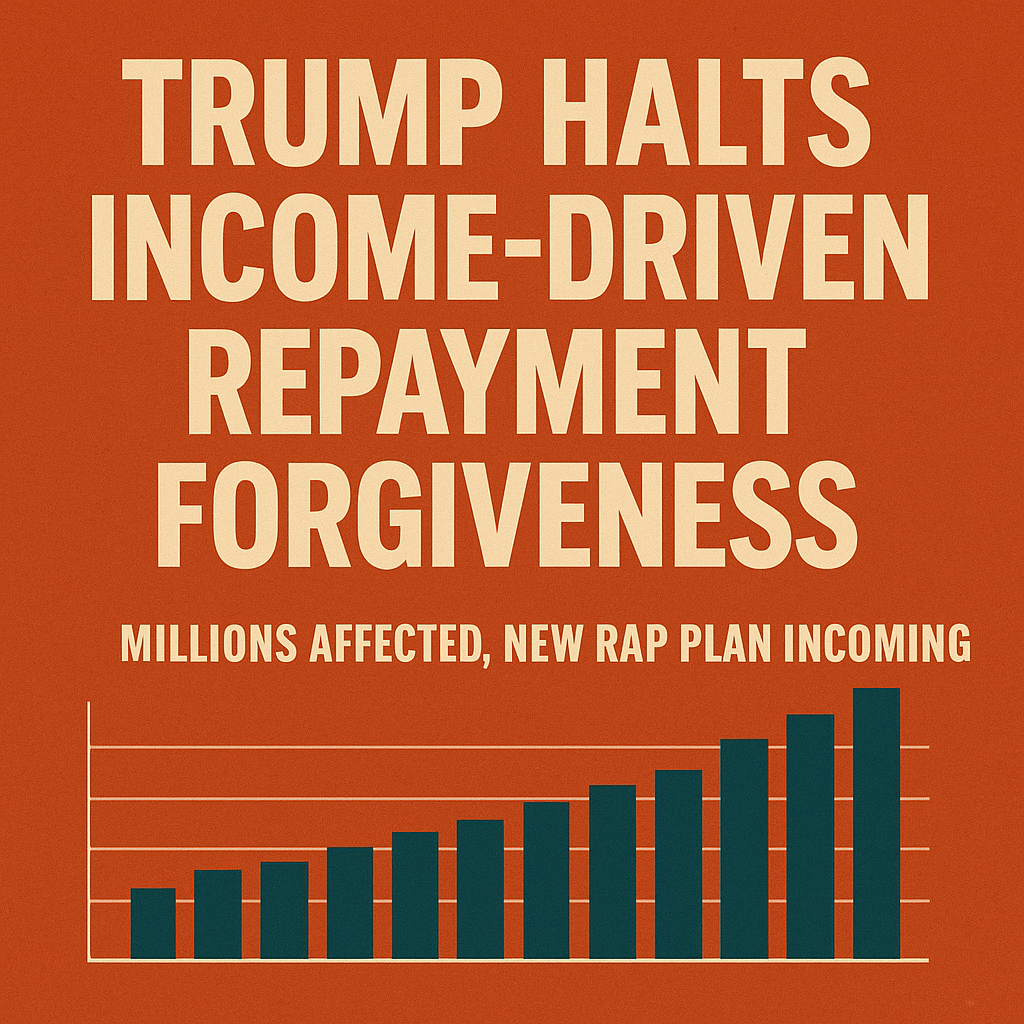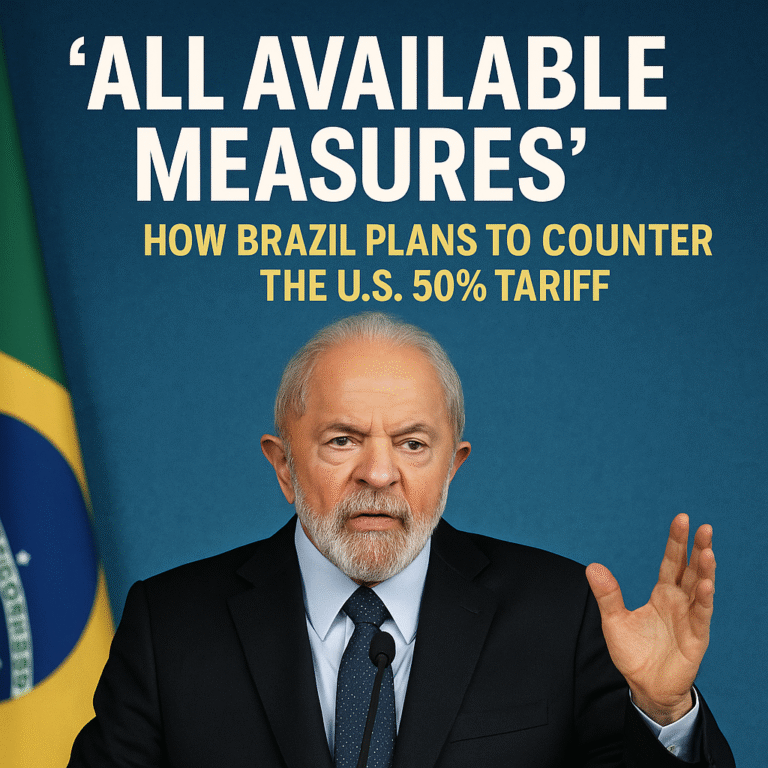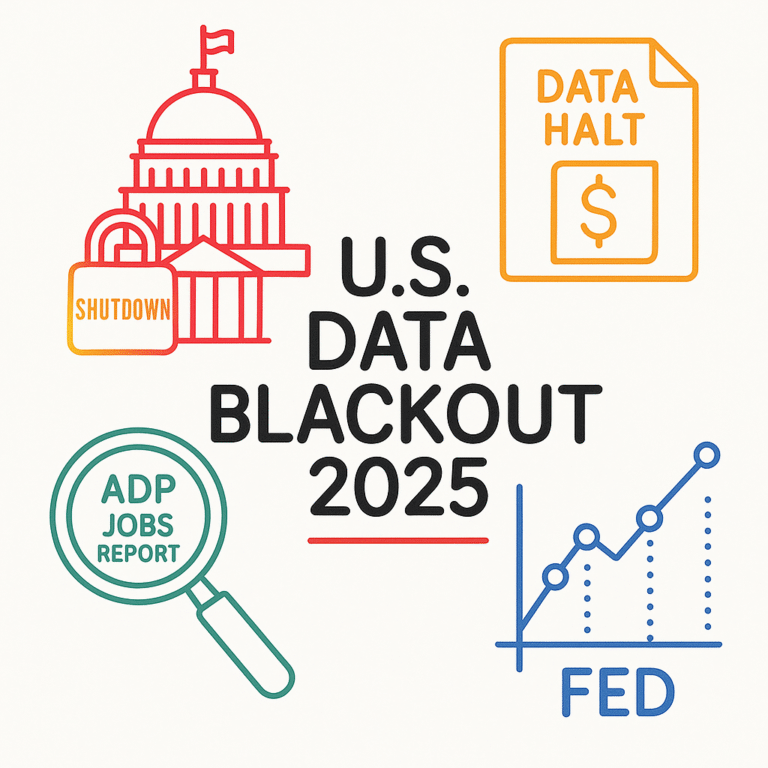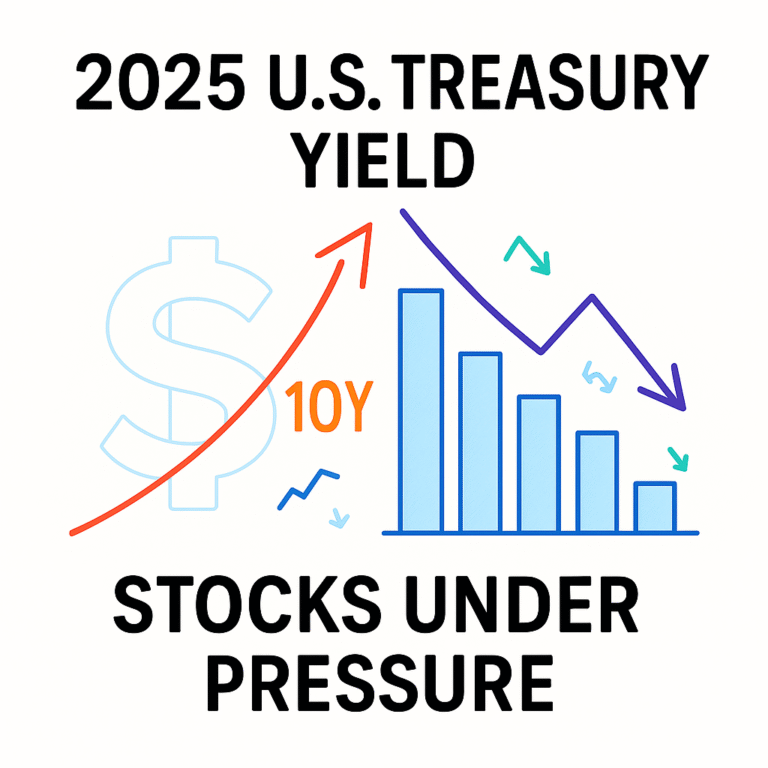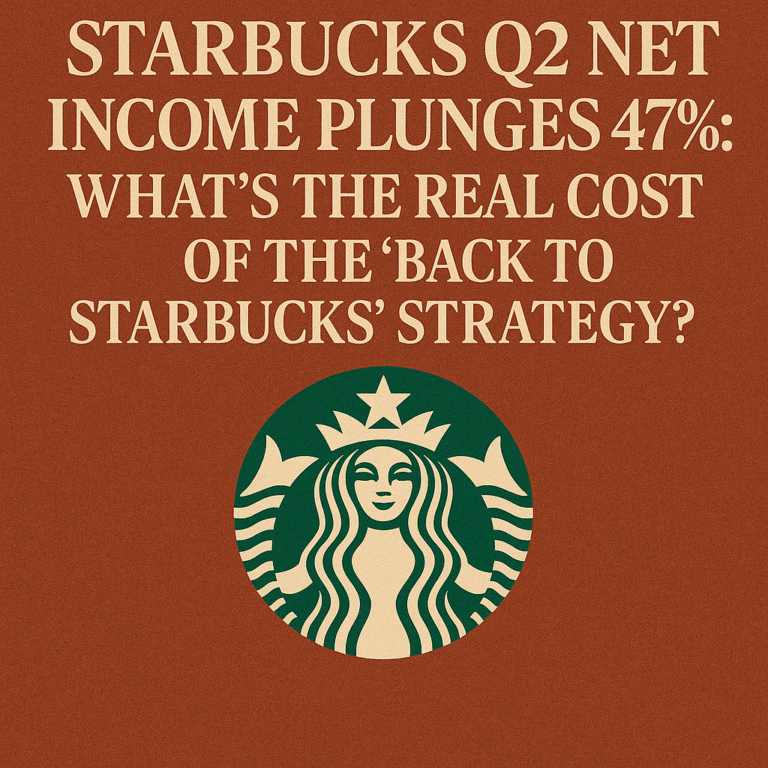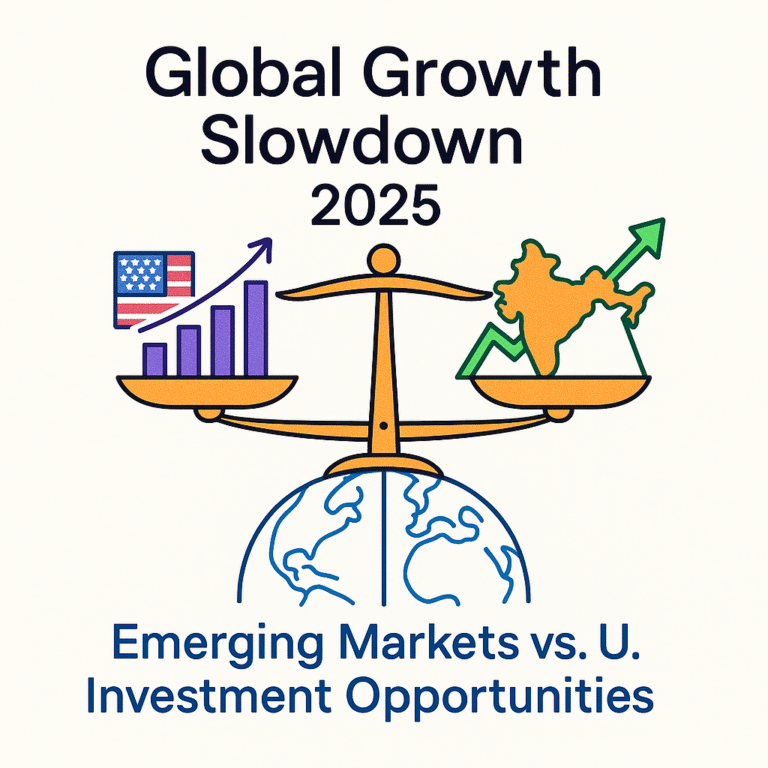Trump Halts Income-Driven Repayment Forgiveness: Millions Affected, New RAP Plan Incoming
Analyze the background behind the Trump administration’s suspension of IBR student loan forgiveness and its impact on millions of borrowers. Check the changes to income-driven repayment plans and future outlook.
Key Takeaways
Sudden Policy Changes Creating Confusion
On the late Friday evening of February 24, 2025, the Trump administration abruptly suspended all Income-Driven Repayment (IDR) plans and Direct Loan consolidation applications. This measure has brought economic shock to millions of student loan borrowers. The Trump administration suddenly halted online applications for four federal student loan Income-Driven Repayment (IDR) and loan consolidation plans.
This decision is expected to have significant ripple effects on the U.S. higher education financing system. Experts analyze that these changes will have widespread impacts on borrowers’ repayment capabilities and future education plans.
The timing of this announcement, coming without prior warning or clear guidance to borrowers, has created unprecedented uncertainty in the student loan market.
Understanding Income-Based Repayment (IBR)
Income-Based Repayment (IBR) is a federal program that allows student loan borrowers to adjust their monthly payments based on their income levels. This program has served as a crucial safety net for borrowers experiencing financial hardships.
Key features of IBR include the following characteristics. Monthly payments are determined based on the borrower’s income and family size. Typically, borrowers pay 10-15% of their discretionary income. After 25 years of payments, remaining balances were eligible for forgiveness.
This system has been essential financial support particularly for low-income borrowers and public sector workers. Many borrowers have reduced their educational investment burden through this program. The IBR system represented a fundamental shift toward making higher education more accessible and affordable.
Background of Trump Administration Policy Changes
President Trump signed an executive order aimed at ending taxpayer-funded student loan forgiveness for “anti-American activists.” The new administration has characterized Biden’s student loan policies as “illegal” and embarked on a comprehensive review.
On February 24, 2025, the Department of Education blocked access to all IDR and online loan consolidation applications without warning, congressional notification, or clear guidance to borrowers, as first reported. This sudden measure has sparked significant controversy in political and educational circles.
Administration officials explained that this action was in response to court orders and part of a process to review the legal validity of existing programs. However, critics pointed out the problem of not providing borrowers with adequate preparation time.
The administration’s stance reflects a broader philosophical shift toward individual responsibility and fiscal conservatism in education policy. This represents a stark departure from the previous administration’s approach to student debt relief.
Current Situation and Data Analysis
According to Department of Education statistics, approximately 8 million borrowers are affected by the SAVE plan. Based on the Department of Education’s January 15 guidance, borrowers enrolled in the SAVE plan will not need to make payments until at least December 2025 while loan servicers adjust repayment plans for affected borrowers.
Examining the numerical impact reveals the following data. Total federal student loan debt amounts to approximately $1.7 trillion. About 9 million borrowers are currently repaying through IDR programs. Average monthly payments in IDR programs range from $200-300.
The Department of Education announced it would resume applications for Income-Driven Repayment plans, a program used by millions of federal student loan borrowers. While some services were restored after late March, uncertainty still remains.
Financial market analysts are closely monitoring the situation, as changes to repayment programs could affect both federal budget projections and the broader credit market. The uncertainty has also impacted college enrollment decisions for prospective students concerned about future loan terms.
Expert Opinions and Market Reactions
Financial experts are showing mixed reactions to this measure. Conservative policy institutes have evaluated it positively in terms of reducing taxpayer burden and ensuring fiscal soundness. They argue that unlimited loan forgiveness creates moral hazard and unsustainable federal spending.
Meanwhile, education policy experts are concerned about increased economic burden on borrowers. Experts say it could take several months or more for program changes to be implemented, and congressional approval may be required.
Confusion continues in the student loan market. Loan servicing companies report surges in customer consultation as they await new guidelines. Many borrowers are seeking alternative repayment methods. Consumer advocacy groups have filed lawsuits challenging the administration’s actions.
Volatility has also increased for student loan-related securities in the bond market. Investors are closely monitoring the impact of government policy changes on repayment rates. Credit rating agencies are reassessing their outlook for education-related debt instruments.
Introduction of New Repayment Assistance Plan (RAP)
On July 4, President Trump signed “one beautiful big bill,” which includes a new Income-Driven Repayment Assistance Plan available to borrowers by July 1, 2026. This legislation represents the administration’s alternative approach to student debt management.
Key features of the new RAP (Repayment Assistance Plan) include the following elements. Under this new plan, graduate borrowers (who typically earn more income than undergraduate borrowers) will pay higher upfront amounts, and delaying total forgiveness to 30 years instead of 20 or 25 years means most are likely to pay off debt first.
This plan is expected to include more stringent conditions than the existing IBR system. Forgiveness periods will likely be extended, and repayment conditions may become more demanding. However, it remains meaningful in that it still provides income-based repayment options.
The RAP is designed to be more actuarially sound and fiscally responsible, according to administration officials. Industry experts predict that fewer borrowers will ultimately receive loan forgiveness under the new structure.
Current Status of Public Service Loan Forgiveness (PSLF) Program
Among student loan forgiveness programs, PSLF is maintaining relatively stable status. Despite Trump’s March executive order to limit Public Service Loan Forgiveness eligibility, this program remains intact for now.
PSLF is a program that forgives remaining loan amounts for borrowers who work in public sector or nonprofit organizations for 10 years while completing 120 qualifying payments. Teachers, nurses, government employees, and nonprofit organization workers are the main beneficiaries.
To date, over 1 million borrowers have received more than $70 billion in loan forgiveness through PSLF. While the Trump administration plans to make eligibility requirements for this program more stringent, existing participants’ vested rights are expected to be protected.
However, the administration has indicated that future changes to PSLF are under consideration. This uncertainty has caused anxiety among current public service workers and those considering careers in eligible fields.
Impact on Borrowers
The demographic most severely affected by this policy change is low-income and middle-class borrowers. Public service workers and social welfare sector employees are particularly experiencing difficulties. The impact disproportionately affects first-generation college graduates and borrowers from underserved communities.
Examining the practical impacts reveals the following consequences. Monthly payments may increase from 10% of income to standard repayment levels. The benefit of balance forgiveness after 25 years may be extended to 30 years or reduced. Graduate degree holders are particularly expected to see increased repayment burdens.
Many borrowers are seeking alternative repayment strategies. Income verification deferment, economic hardship forbearance, and refinancing to private loans are being considered as major options. Financial counselors recommend developing strategies tailored to individual circumstances.
The psychological impact on borrowers has also been significant. Many report increased stress and anxiety about their financial futures. Some are reconsidering career paths, particularly those in lower-paying public service roles that previously benefited from loan forgiveness programs.
Future Outlook and Policy Direction
The Trump administration’s student loan policy is expected to move toward emphasizing fiscal soundness and personal responsibility. It’s likely to focus on selective and conditional support rather than comprehensive loan forgiveness. This philosophy aligns with broader conservative economic principles.
Looking at the major timeline through 2026 reveals the following schedule. Payment forbearance for SAVE plan borrowers continues until December 2025. The new RAP program is scheduled to be introduced by July 1, 2026. Gradual phase-out of existing IDR programs is anticipated.
Political dynamics in Congress are also important variables. Republicans support reducing student loan forgiveness, while Democrats are working to protect existing programs. Policy direction could change depending on midterm election results.
Legal challenges to the administration’s actions are also pending in federal courts. Multiple states and advocacy groups have filed lawsuits, which could delay or modify the implementation of new policies.
Economic Implications and Broader Impact
The suspension of IBR programs has broader economic implications beyond individual borrowers. Consumer spending patterns may shift as borrowers face higher monthly obligations. This could impact sectors that rely heavily on younger consumers, including housing, automotive, and retail markets.
Higher education institutions are also feeling the effects. Prospective students are increasingly concerned about the long-term costs of education without robust forgiveness programs. Some colleges report changes in enrollment patterns and increased interest in less expensive degree options.
The changes may also affect the labor market, particularly in public service sectors. With reduced loan forgiveness incentives, fewer graduates may pursue careers in teaching, social work, and government service. This could exacerbate existing staffing shortages in these critical fields.
Credit markets are closely watching developments, as changes to federal loan programs could affect demand for private student loans and influence lending standards across the education financing sector.
International Perspective and Comparisons
The U.S. approach to student debt relief is becoming increasingly distinct from international models. Countries like Australia and the United Kingdom have maintained income-contingent loan systems with more generous forgiveness terms. Germany and several Nordic countries have largely eliminated tuition fees altogether.
This divergence may affect the competitiveness of U.S. higher education in attracting international students and maintaining its position as a global education leader. Educational policy experts are debating whether the American model remains sustainable in a global context.
Navigating Uncertainty and Finding Alternatives
The Trump administration’s suspension of IBR student loan forgiveness signals fundamental changes to the U.S. higher education financing system. With millions of borrowers affected, careful and systematic approaches are needed in this situation.
Borrowers must accurately understand the current situation and develop response strategies tailored to their individual financial circumstances. As policy uncertainty continues, expert consultation and regular information updates are crucial.
Close monitoring of policy changes over the coming months will be necessary, and additional analysis will be required as specific details of the new RAP program are disclosed. Restoring stability to the student loan market and establishing borrower protection measures remain urgent tasks.
The path forward will likely involve a combination of policy advocacy, legal challenges, and individual adaptation strategies. Borrowers are advised to stay informed about developments while taking proactive steps to manage their current obligations. The ultimate resolution of these changes will significantly shape the future of higher education financing in America.

